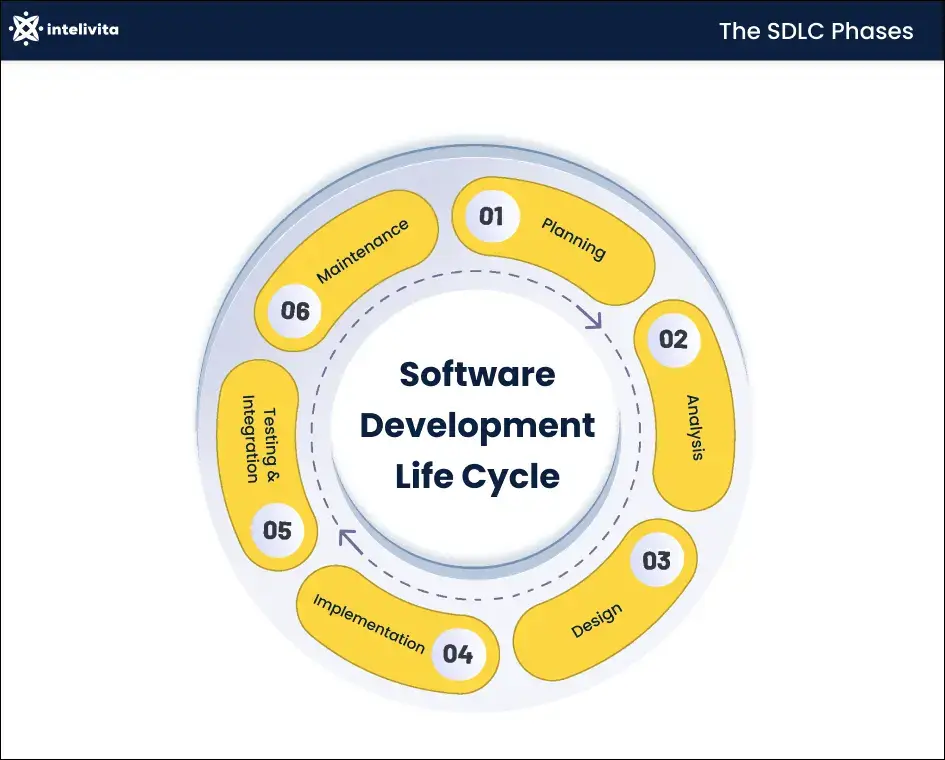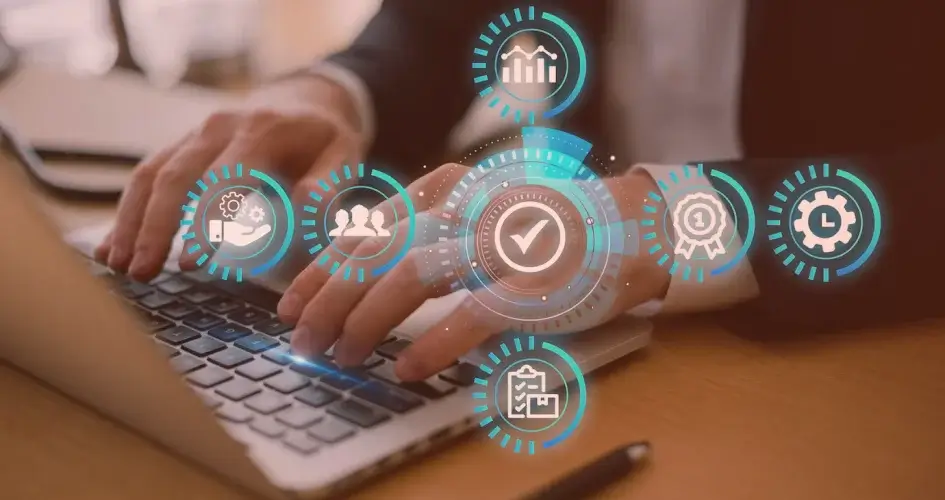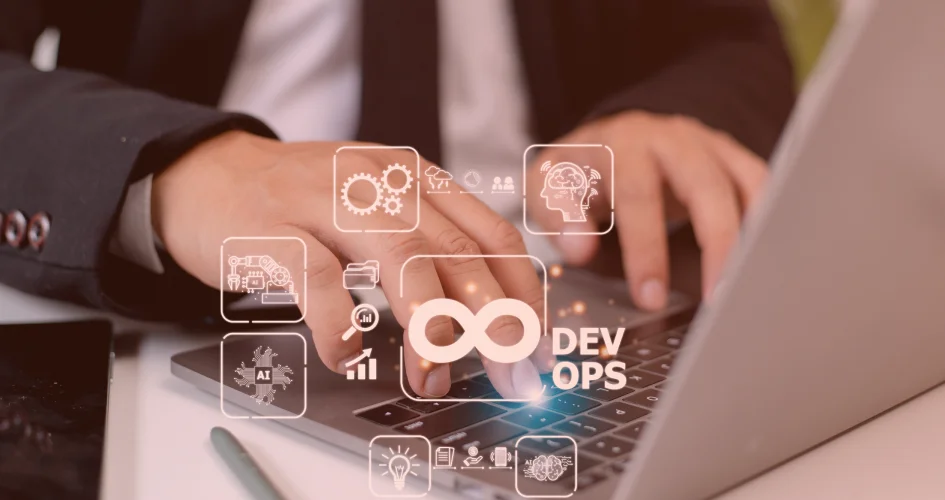Software development projects are complex and challenging.
In fact, 70% of software development projects fail.
This can be attributed to a variety of factors, including poor planning.
In this challenging landscape, the Software Development Lifecycle (SDLC) emerges as a valuable tool for developers and organizations alike.
The SDLC can help improve the efficiency and effectiveness of the development process, while also reducing the risk of costly failures.
In this article, we will discuss the benefits of using the SDLC, the different types of SDLC models, and the different phases of the SDLC.
We will also provide a practical example of how the SDLC can be used to develop a mobile app.
Let’s dive in!
What Is the SDLC?
The Software Development Lifecycle (SDLC) is a systematic process for planning, creating, testing, deploying, and maintaining software.
It provides a roadmap for developers to follow, helping them to avoid common pitfalls and deliver high-quality software that meets the needs of users and businesses.
Benefits of Using the SDLC
There are many benefits to using the SDLC in software engineering, including:
- Improved Quality: The SDLC introduces a structured approach to development and testing, promoting the creation of high-quality software.
- Reduced Costs: By preventing errors and rework, as well as ensuring efficient development, the SDLC can lead to cost reductions.
- Increased Customer Satisfaction: The SDLC’s requirement analysis process ensures that software aligns with user needs, enhancing customer satisfaction.
- Reduced Risk: The SDLC provides a project management framework that reduces the risk of project failure.
Different Types of SDLC Models
There are various SDLC models.
Some popular ones include:
Waterfall
The waterfall model is a sequential model, where each phase must be completed before the next phase can begin.
This model is best suited for small projects with well-defined requirements.
Iterative
The iterative model is a more flexible model, where the software is developed in small increments and requirements can be changed as needed.
This model is best suited for complex projects with changing requirements.
Agile
The agile model is a rapid development model, where the software is developed in short sprints and feedback from users and stakeholders is incorporated throughout the process.
This model is best suited for projects where speed and flexibility are important.
Which SDLC Model Should You Use?
The best SDLC model to use will depend on the specific needs of your project.
Consider the following factors when choosing a model for the software development process:
Project Size and Complexity
The waterfall model is best suited for small projects with well-defined requirements.
The iterative and agile models are better suited for complex projects with changing requirements.
Team Experience
If your team is new to the SDLC, the waterfall model may be a good choice, as it provides a clear and structured approach.
If your team has more experience, the iterative or agile models may be a better choice, as they allow for more flexibility.
Customer Needs
If your customers need to see working software early in the development process, the iterative or agile models may be a better choice, as they deliver software in small increments.
If your customers are not in a hurry to see working software, the waterfall model may be a good choice.
The SDLC Phases
The SDLC involves different phases, each with a specific purpose.
We’ll also look at these phases in the context of making a mobile banking app for better understanding.
#1. Planning and Analysis: Building a Strong Foundation
The planning and analysis serves as the bedrock of the SDLC.
During this phase, the project team gathers and analyzes requirements, identifies stakeholders, and defines the project’s objectives.
The team also creates a project plan, detailing the timeline, budget, and required resources for project completion.
Imagine a software company tasked with developing a new mobile app for a bank.
In this phase, the development team conducts meetings with bank representatives to grasp the specific needs of the bank and its valued customers.
In tandem, they delve into market research to analyze the competitive landscape and to anticipate potential challenges.
By the end of this phase, the team compiles all requirements and insights into a comprehensive project plan that will steer the app’s development journey.
#2. Design: Crafting the Blueprint
As the planning phase lays the foundation, the design phase involves constructing the software’s blueprint.
This phase encompasses defining the system architecture, shaping the user interface and experience, and sculpting a database schema.
To ensure a smooth development process, the team also creates detailed test plans and essential documentation.
Building upon the insights and requirements gathered in the previous phase, the team dives into designing the mobile app for the bank.
Their focus is to define the various screens, features, and the overall look and feel of the app.
Simultaneously, the team meticulously constructs the database schema, ensuring it’s optimized for storing vital data, including user accounts, transactions, and account balances.
#3. Implementation: Bringing the Design to Life
Next, the team translates the design into reality by writing the software code.
As they write the code, they simultaneously engage in unit testing, ensuring that each component functions flawlessly.
In the context of the mobile banking app, this phase marks the actual coding of the app, following the design carefully crafted in the prior phase.
Each component of the app, from the user interface to the database, starts taking shape through this coding process.
#4. Testing: Ensuring Quality and Functionality
Here, the software undergoes comprehensive testing to confirm it meets all requirements and is free from defects.
The testing effort encompasses system testing, integration testing, and user acceptance testing (UAT).
In our banking app scenario, the testing phase kicks off with comprehensive system testing, where every feature, from money transfers to check deposits and balance checks, undergoes rigorous scrutiny.
Subsequently, the team delves into integration testing to ensure seamless collaboration with the bank’s other systems.
The phase concludes with UAT in partnership with the bank, ensuring the app aligns perfectly with their expectations.
#5. Deployment: Making the App Accessible
After successful testing and obtaining the necessary approvals, the software advances to the deployment phase, where it becomes accessible to users.
This step involves packaging the app for deployment and making it available through various platforms.
In our case, after thorough testing and securing approval from the bank, the mobile app is prepared for deployment.
It’s then released to the bank’s app store, such as Google Play Store or Apple’s App Store, making it accessible for download by the bank’s customers.
#6. Maintenance: Delivering Ongoing Value
The final phase, maintenance, is an ongoing process where the software continues to receive support and improvements.
This includes addressing reported bugs, introducing new features, and optimizing overall software performance.
Post-deployment, the development team remains vigilant in monitoring the mobile banking app.
They promptly respond to any bugs reported by users, and as needed, they introduce new features like bill payment or biometric sign-in.
Additionally, they ensure the app remains compatible with new versions of the underlying operating systems and development platforms.
By navigating through these well-defined phases, the software development team guarantees that the bank’s mobile app is not only developed to high standards but also aligned with the specific needs and expectations of the bank’s customers.
Takeaways
We’ve learned that the Software Development Life Cycle (SDLC) is a step-by-step process for planning, creating, testing, deploying, and maintaining software.
It helps improve the effectiveness of the development process, while also reducing the risk of costly failures.
The main phases of the SDLC are:
- Planning and Analysis: Identify and document user and business needs.
- Design: Create the software’s architecture and components.
- Implementation: Write the software code.
- Testing: Test the software to ensure it meets requirements and is defect-free.
- Deployment: Make the software available to users.
- Maintenance: Support and update the software after deployment.
If you’re looking for a reliable and effective software development partner, we can help.
Intelivita’s software development services have a proven track record of success, with over 600 successful projects under our belt. Contact us today!






